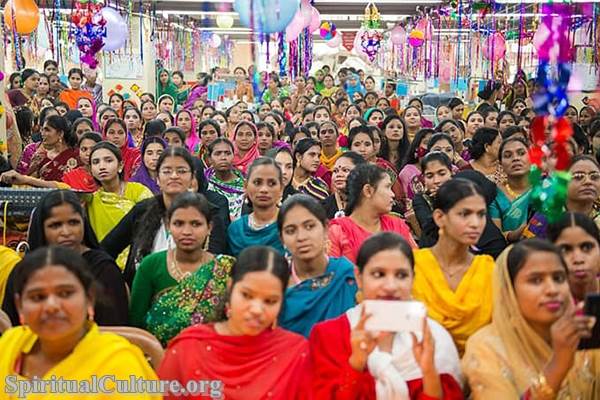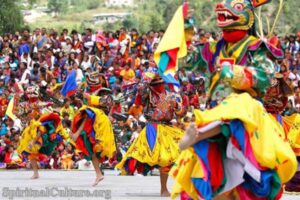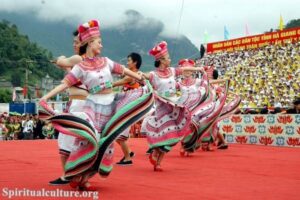Bangladesh, a country brimming with vibrant culture, mouth-watering cuisine, and colorful traditional clothing, represents a vivid tapestry of life in the South Asian subcontinent. The Culture of Bangladesh is a rich blend of tradition, values, and customs, reflecting the country’s history, faith, and diverse ethnic groups.
Bangladesh’s Culture is unique, fascinating, and deeply rooted in its history and people’s way of life. It is a rare blend of history, folklore, art, craft, music, and dance, all of which are integral parts of the country’s cultural identity. At the center of it all is the Bangla language, a symbol of national identity and pride that has a rich literary heritage.
Bangladesh’s culture is characterized by its festivals, which are celebrated with great pomp and show. The most significant of these is the Pohela Boishakh, or Bengali New Year, a day marked by singing, dancing, and feasting. Durga Puja, the most important religious festival for Hindus, Eid-ul-Fitr, and Eid-ul-Adha for Muslims, and Christmas for the Christian community are also celebrated with great fervor.
Bangladesh’s food is a gastronomic delight, offering myriad flavors and delicacies. The staple food is rice, usually served with a variety of spicy curries made from fish, meat, and vegetables. Bangladesh, being a riverine country, has a rich tradition of fish-based dishes. Hilsa, a type of herring, is considered the national fish and is used to create delectable dishes. Other popular items include biryani, pulao, kebabs, and pithas (rice cakes).
Bangladeshi cuisine is famous for its unique combination of sweet, sour, and spicy flavors. Spices are prominent, with turmeric, cumin, coriander, chili, and mustard being the most commonly used. Bangladesh is also renowned for its sweetmeats, particularly the rasgulla, Sandesh, and mishti doi (sweet yogurt).

Bangladesh’s traditional clothing reflects the country’s culture and heritage. Women traditionally wear a sari, a long piece of cloth wrapped around the body, while men wear a lungi, a form of sarong. In urban areas, salwar kameez, a combination of a long tunic and pants, is popular among women, while men often wear Western-style clothing.
However, during festivals and special occasions, all people embrace traditional attire. Men wear Panjabis or sherwanis, and women wear beautiful saris made of silk or cotton, often adorned with intricate embroidery or mirror work. Bangladeshi clothing is known for its rich fabrics, vibrant colors, and intricate patterns.
Bangladesh’s cuisine, rich and diverse, is a reflection of the country’s agricultural tradition. The fertile land provides an abundance of fruits, vegetables, and grains, which form the basis of most dishes. Bangladeshis love their food, and their cuisine is a testament to their creative use of simple ingredients to create unique flavors and textures.
In conclusion, the Culture of Bangladesh is a vibrant and engaging mix of traditions, languages, arts, and cuisine. Steeped in history and propelled by a spirit of unity in diversity, it stands as a testament to the nation’s resilience and creativity. Whether through their food, clothing, or way of life, Bangladeshis express their cultural identity with pride and fervor, making their country a fascinating destination for cultural tourism.



